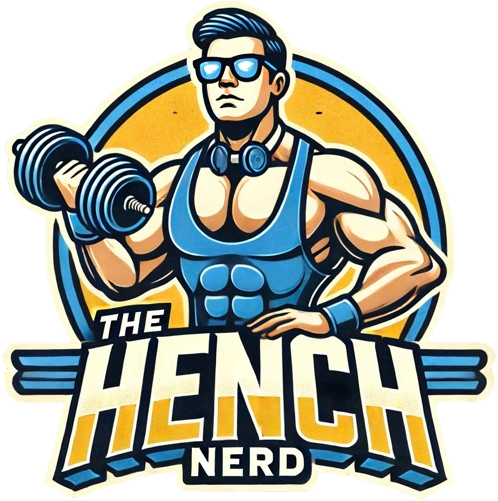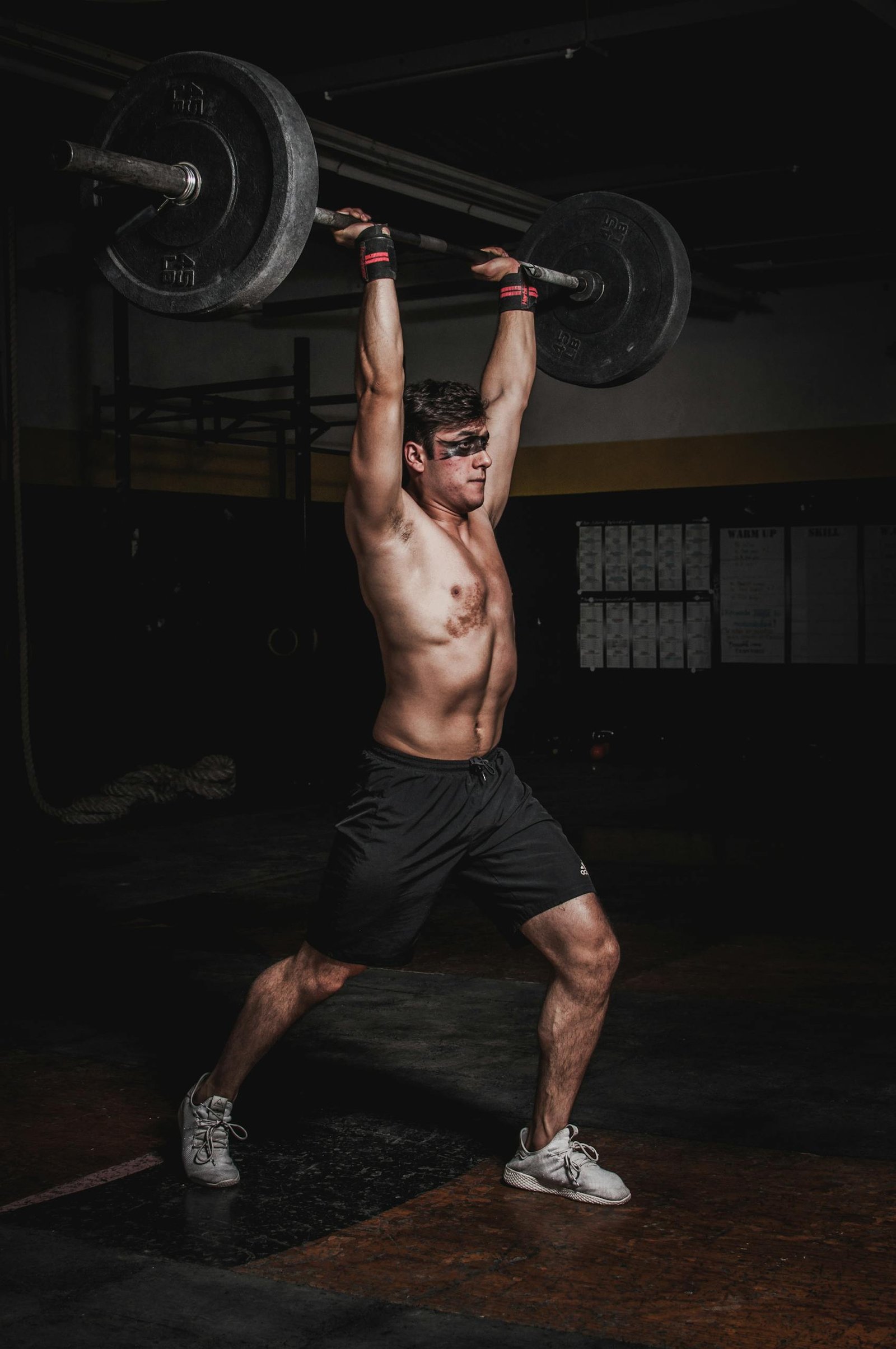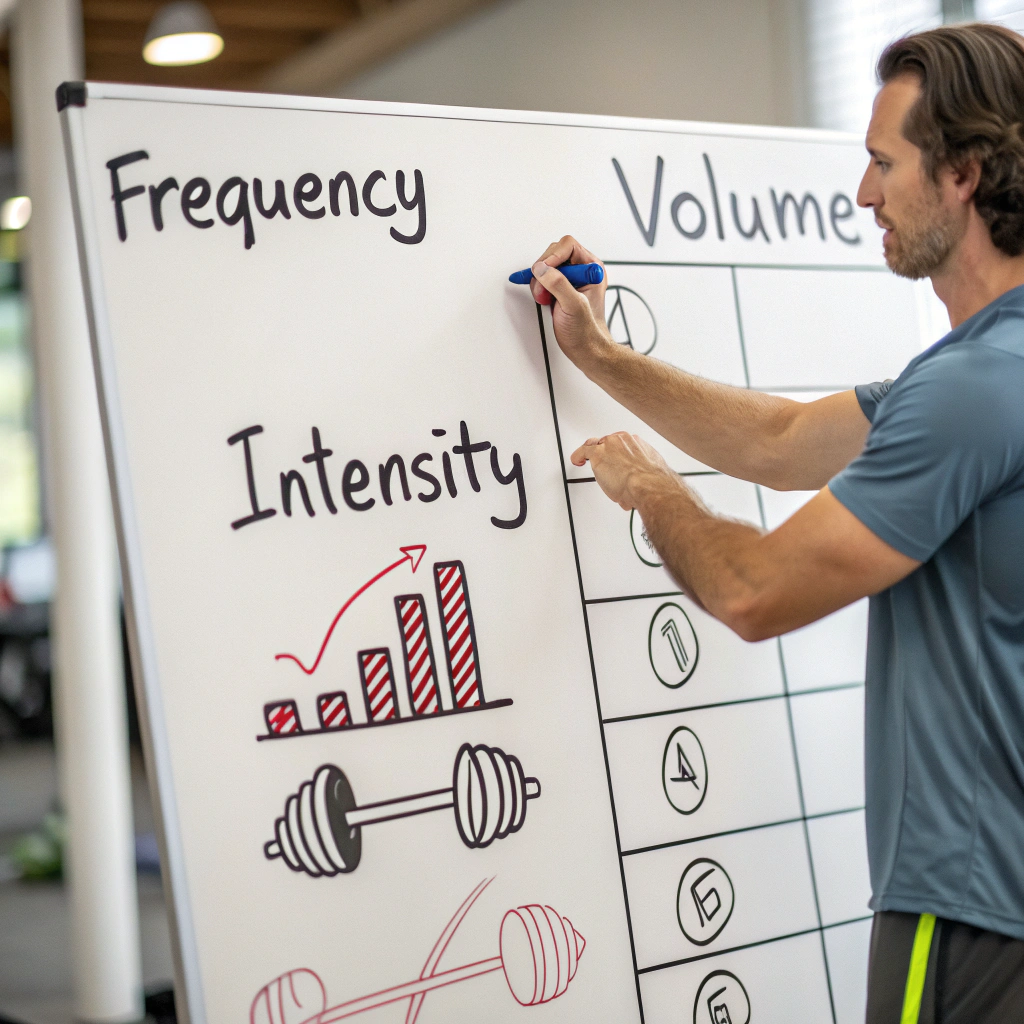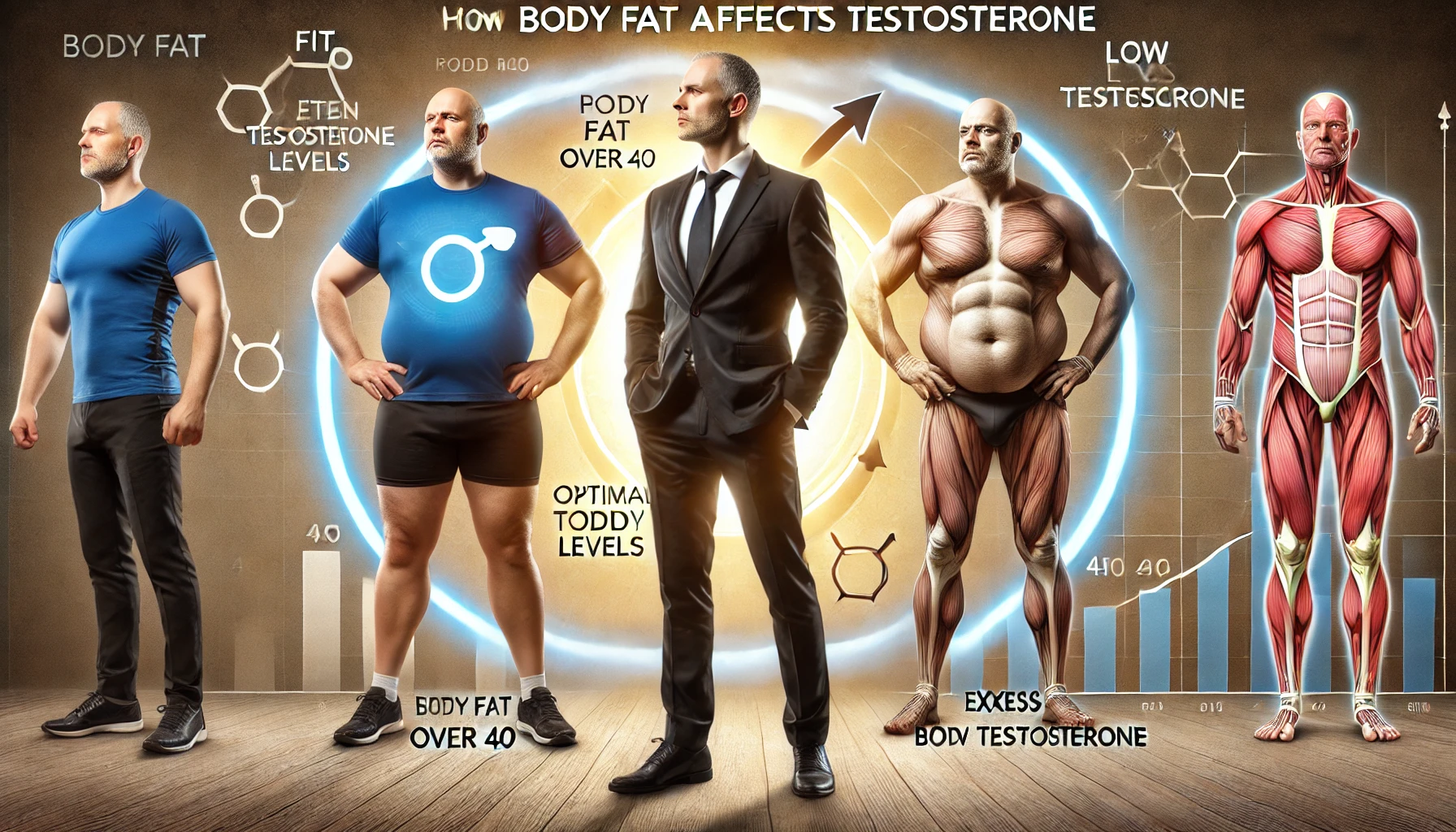How to Avoid TRT: 10 Proven Tips to Boost Testosterone In 2025
I’ve written fairly extensively on all things testosterone within this health and hormone section. As usual, I will link you to relevant useful articles throughout this blog post. Welcome to a long and thorough post on how to avoid TRT and real tips to boost testosterone.
Struggling with low testosterone and thinking about TRT?… Read the rest










